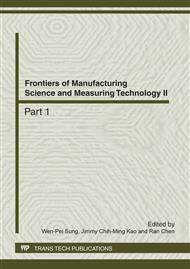p.469
p.473
p.477
p.482
p.486
p.490
p.494
p.498
p.503
The Reaction Mechanism between Aluminum-Magnesia-Spinel Composite Material and RH Slag
Abstract:
Unfired specimens were made with different aluninum content (0,2%,4%,6%,8%) respectively ,using high pure magnesia , magnesia-spinel and Aluninum as the main raw material. Unfired specimens were treated under the condition:110°C×24h drying,then 300°C×6h heating treatment.The properties and microstructure of the specimens were analyzed to investigate the reaction mechanism of these speciments and RH refinery slag.The result are shown that the addition of aluninum improves cold crushing strength of specimens,reaching to 63Mpa. The specimen with aluninum content of 8% shown the best slag resistance. The reaction mechanism between aluninum-magnesia-spinel complosite material and RH slag is different from magnesite-chrome brick. The major penetration element is Ca, and the Ca elment penetrated into the matrix reacts with corundum turning out a CA2 protective layer which can stop penetrating of slag.
Info:
Periodical:
Pages:
486-489
Citation:
Online since:
April 2012
Authors:
Keywords:
Price:
Сopyright:
© 2012 Trans Tech Publications Ltd. All Rights Reserved
Share:
Citation:


